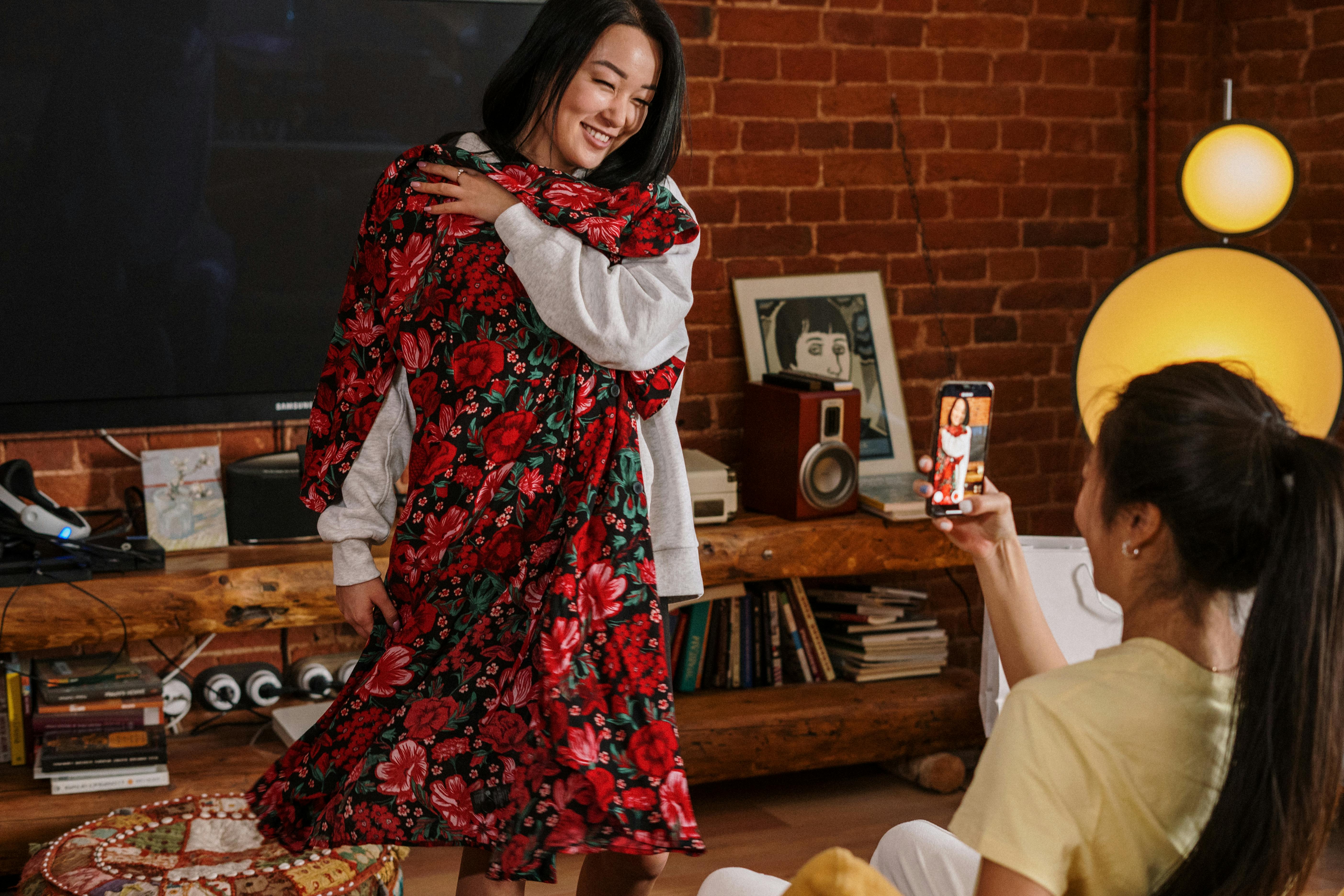A marriage is a significant occasion in Central Asia that honors the region’s wandering recent and is typically accompanied by sizable festivities. Despite the fact that some customs were outlawed during the 60 to 70 centuries of Soviet/russian rule, individuals have persisted.
For instance, brides in Kyrgyzstan frequently live with their fresh in-laws for days, sometimes even month, before the wedding service. During this time, she will receive advice mongolian woman on how to be a great family from her female family members. In the past, they will also perform tunes to strengthen their relationship. This time period is referred to as Kazakh» Salom Beru» or» Kelin Salam.» During this time, the bride is dressed in a traditional dress and mask. She will formally welcome visitors by bowing. Additionally, she will receive a light shawl, which represents beauty.
Additionally, the man will give gifts to the bride’s feminine cousins. He will also give a marriage to her household group in some areas of the country. 90 % of all wedding ceremonies in Turkmenistan involve paying this «bride’s price,» which may contain horses, cattle, cash, embroidery, and dresses. This practice was outlawed during the Soviet era but is now becoming more popular. Both people may be joined at the real bride special event by their friends and neighbors. The invitee record, which is typically lengthy, reflects the social standing of the local populace.

Both individuals likely get ready for a sizable dinner before the true wedding ceremony. The bridegroom will then engage in the «uncovering the experience» ceremony. This entails shooting an bow three instances into a gap in the house’s roof. The bow narrowly misses the woman’s scalp on the first two attempts. The next bow strikes her in the back. She will then be allowed to see after unbuttoning the towel that was covering her face. This serves as a reminder of her approval of the union.
The wedding is driven to her innovative residence by her adult in-laws on the day of the marriage. Behind a curtain (koshogo ), which is typically hung in the middle of the room, she will be greeted. After that, she will hide from her novel husband’s male relatives in this space for several weeks. She likely receive more bright scarves during this time from the home. She will also get her hair combed and the female family members may bless her.
She likely remain led to her innovative room following the bridal. A base canopy and embroidered pillows have conventionally been used to decorate the home. Following that, the few may receive invitations to events hosted by their innovative in-laws. The couple will be served a variety of foodstuff at these gatherings, including mutton stew and traditional corn dishes. They will also be required to split flatbreads in front of their visitors.
Some areas of central Asia even engage in a non-consensual wife kidnapping discipline known as «marriage by violence.» When the child decides to get married, he either asks his kids to pick his wife, or his family tells him that she has been chosen for her boy. This process is most popular amongst the Kazakhs, Uzbeks and Karakalpaks, an autonomous region in southern Uzbekistan.
